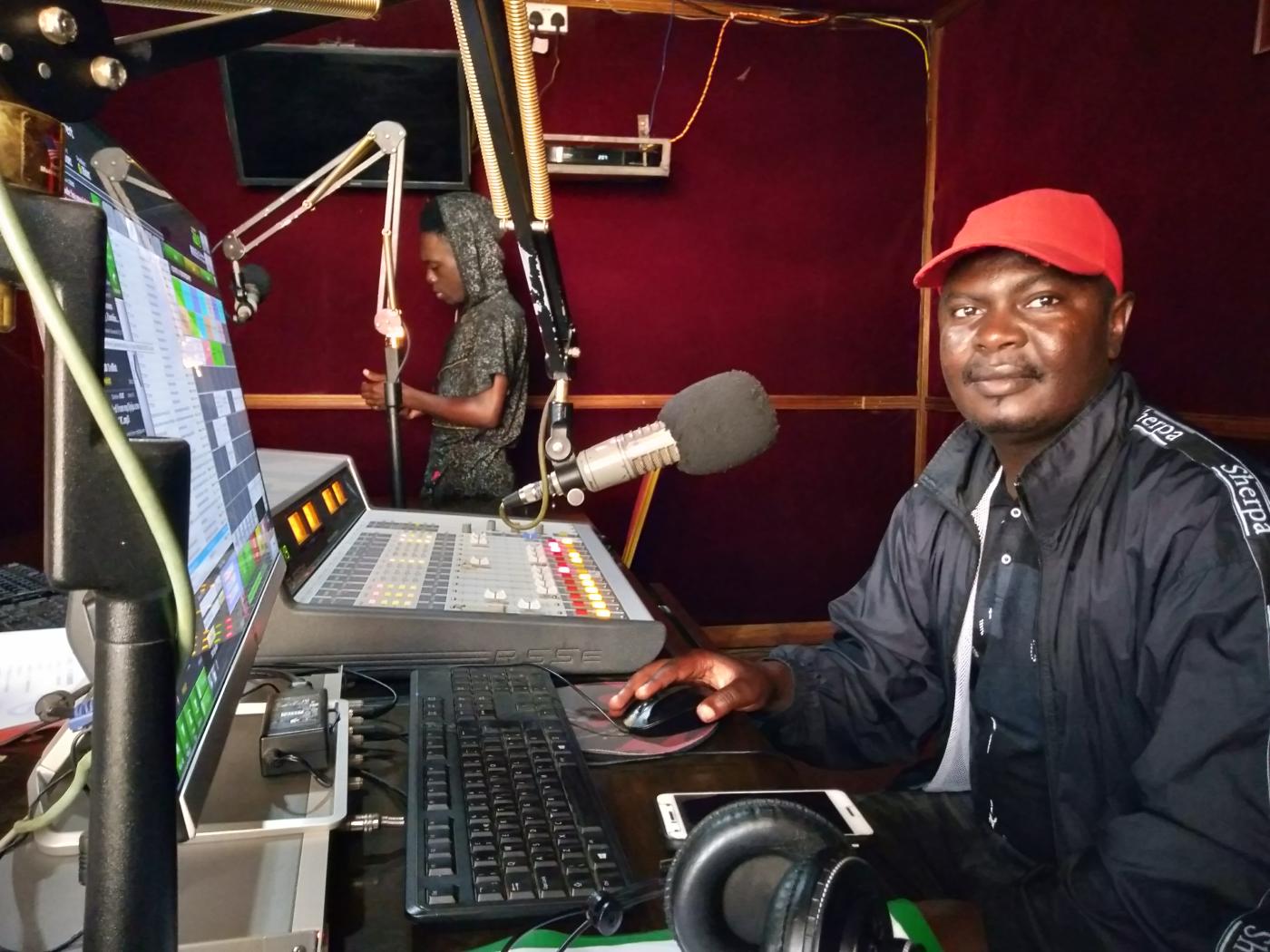How local radio is giving climate adaptation a boost in the Horn of Africa
Climate change means more extreme weather events that threaten farmers’ livelihoods. Early warnings can make all the difference. In east Africa a decidedly old-school technology is proving to be a vital means of communication.
F
or farmers all over the world, the weather is a matter of life and death. A season’s-worth of crops can be wiped out in days by drought, flooding or storms – and climate change means extreme weather events are becoming more frequent.
The past few years have brought strange weather to Africa, from snow in high altitude areas of the Sahara, to severe drought and flooding in countries in the Horn of Africa, the continent’s easternmost corner. Here, an estimated 70-80% of people are subsistence farmers. Reliant on the natural environment for survival, they suffer disproportionately from unpredictable weather. Last year alone, an estimated 30 million people in Ethiopia, Sudan, South Sudan, Kenya, Somalia and Uganda were in need, due to failed harvests and adverse weather.
In an effort to take control of a local problem that has global causes, communities are turning to an existing and widespread technology. Radio, usually used for broadcasting news and entertainment, is starting to take some of the uncertainty out of farmers’ lives by disseminating high-quality weather reporting.
Radio feedback
Weather reporting isn’t new in east Africa, but its primary means of communication – email and WhatsApp – just haven’t been getting through. Searching for a different approach, NORCAP, part of the Norwegian Refugee Council, in association with the IGAD Climate Prediction and Applications Centre, organised a focus group to gather feedback from Kenyan stakeholders. The message came back loud and clear: there has been a major communications failure in east Africa between meteorological agencies and farming communities.

A community radio station in Uganda. Photo courtesy: Collison Lore Winga/NORCAP
Not only have farmers found it difficult to decipher the overly technical jargon, but the written reports may not be in their own language. Another complaint from community members was that there was no way for them to give feedback to weather agencies. Crucially, the focus group revealed that of all media platforms, radio is by the far the most trusted source of weather and climate information.
Most households in this region of Africa own a radio, and local stations in the Great Horn of Africa reach huge audiences. Radio stations have the advantage of broadcasting location-specific information in local languages and dialects. This aids communication, builds credibility and fosters a sense of community. Listeners in remote villages feel personally addressed and supported to make decisions to help mitigate the effects of adverse weather.
However, the problem of confusing meteorological reports sent via email hasn’t gone away, as this is how meteorological agencies send weather reports to radio stations. Journalists are then expected to accomplish the difficult task of translating these technical reports into everyday terminology and local dialects.
Bridging the gap
To help, NORCAP is bringing local radio journalists and meteorological agencies together. In a pilot scheme in Kenya’s Taita Taveta country, the Season-Media Action Plan sees the two sides work to co-create a three-month broadcasting schedule using terminology that everyone can understand. The schedule features five-day, seven-day and month-long forecasts, and the meteorological agencies have also committed to a monthly press conference that enables journalists to clarify points and get answers to listeners’ questions. The first season of this new initiative is ending, with an eagerly-awaited report and survey results measuring its success due for publication before the summer.
The ideas presented in this article aim to inspire adaptation action – they are the views of the author and do not necessarily reflect those of the Global Center on Adaptation.